Swarthmore Faculty Earn Numerous Grants and Awards During 2020-21 Academic Year
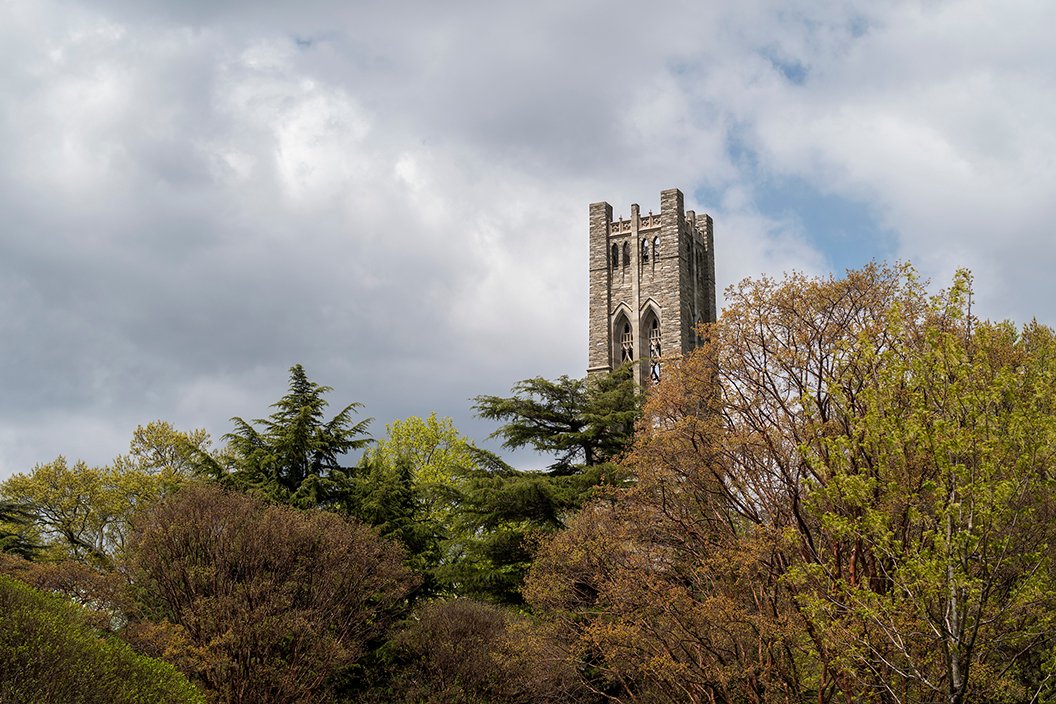
Over the 2020–21 academic year, Swarthmore faculty members across several disciplines — including, but not limited to, biochemistry, sociology, astronomy, and philosophy — were recognized with grants and awards from a distinguished group of organizations.
Dedicated to offering a robust liberal arts curriculum connecting the humanities, natural sciences and engineering, social sciences, and interdisciplinary programs, Swarthmore’s faculty, with their commitment to collaborating with students in research, are the best reflection of that mission.
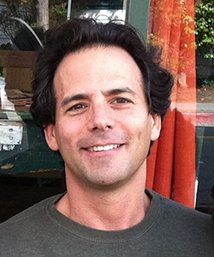 Bradley Davidson ’90, Associate Professor of Biology —
Bradley Davidson ’90, Associate Professor of Biology —
1. National Science Foundation EAGER grant
The National Science Foundation recognized Bradley Davidson ’90 with an Early-Concept Grant for Exploratory Research (EAGER) for his work to address questions of evolution and embryonic development through the comparative study of two sea squirts (a group of marine organisms closely related to humans and other vertebrates). Collaborating with researchers at the University of Florida and the University of Georgia, this research will focus on a very poorly characterized group of sea squirts called the doliolids. Doliolids have acquired a number of highly divergent traits including the ability to produce four distinct body types specifically designed for feeding, dispersal, asexual reproduction, or sexual reproduction.
“What we are hoping to investigate through this project is how a single set of genes encode not just one body but four distinct bodies, and how do changes in the implementation of that one genome allow the programming of different body plans over time, kind of like different software programs using the same computer,” says Davidson.
This project team will include trainees who identify with groups underrepresented in the biological sciences, providing the opportunity to participate in research spanning computational, molecular, cellular, developmental, ecological, and evolutionary biology.
2. National Science Foundation grant on comparative analysis of endocytic trafficking during cell division
Collaborating with researchers at Colby College and Princeton University, Davidson and Swarthmore students will study how dividing cells change their signaling in mammalian or mouse cells to help shed light on why cancerous cells misinterpret signals other cells send and how the process of division impacts the way cells signal.
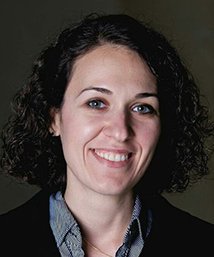 Daniela Fera, Assistant Professor of Biochemistry —
Daniela Fera, Assistant Professor of Biochemistry —
1. Research Corporation for Science Advancement grant
The Research Corporation for Science Advancement awarded biochemist Daniela Fera with a grant for her project titled “Dissecting the Interactions and Conformations of Protein Kinases to Understand Biochemical Signaling.” This grant will allow Fera and her lab team to focus on performing a molecular “dissection” of Lyn, a protein kinase, and its regulatory modules using approaches from structural biology, biochemistry, and biophysics, to understand what keeps Lyn “off” until triggered to turn “on.”
“I am excited to be able to engage undergraduates on research of ‘molecular switches’ in cells that are involved in important functions, like cell growth and antibody production,” says Fera. “Through this research, we can gain a fundamental understanding of cellular processes that could propel drug-discovery programs against immune-related diseases and cancers.”
Through this work, students will perform a variety of experiments to analyze 3D models of macromolecules, their interactions, and activities, gaining a variety of transferable skills that will help them in future scientific endeavors and make important contributions to science.
2. Pittsburgh Foundation
With her Pittsburgh Foundation grant, Fera will study kinase complexes in B cells, which produce antibodies to antigens such as viruses and bacteria, which could pave the way for learning what causes autoimmune disease.
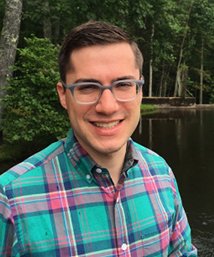 Brian Goldstein, Assistant Professor of Art History — National Endowment for the Humanities
Brian Goldstein, Assistant Professor of Art History — National Endowment for the Humanities
Architectural historian Brian Goldstein, with collaborators Francesca Ammon (University of Pennsylvania) and Garrett Dash Nelson (Leventhal Map & Education Center, Boston Public Library), will use artist Ed Ruscha’s repeated street-level photographs of Los Angeles's Sunset Boulevard, taken from 1966 to 2007 and depicting a continuous view of both sides of the famed street, to analyze small-scale urban change. Big projects have tended to dominate in the history of urban development, but Ruscha’s photos allow for a much finer-grained story.
The funded project, Sunset Over Sunset, will create a publicly accessible website that advances the digital humanities by building a replicable, open-source model for making street-level photographs and other address-based data sets broadly accessible as primary sources. By joining visual and nonvisual evidence, the site will also offer a novel resource for place-based research by scholars and the general public. Funding will enable Goldstein and his collaborators to add web developers to the project team, bring in an expert advisory board, and continue their work collaborating with students.
“We have benefited from student research assistants throughout our project,” says Goldstein. “In summer 2019, Elena Moore ’21 was an invaluable part of our project team, funded through the Swarthmore Summer Research and Opportunities program, and this summer Dorothy-Rui Corrigan ’23 is working with us. Five University of Pennsylvania students have joined us during the same summers. They have gathered and organized data from the census, newspaper articles, and city directories, among other sources, and helped us interpret Ruscha’s photos.”
The National Endowment for the Humanities awarded only 13 Digital Humanities Advancement Grants this cycle for the use of new technologies to “bring history alive for public audiences or facilitate advanced research in the humanities.”
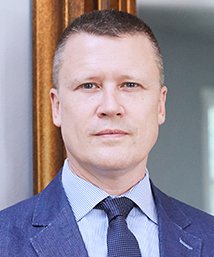 K. David Harrison, Professor of Linguistics — Explorers Club 50: Fifty People Changing the World the World Needs to Know About
K. David Harrison, Professor of Linguistics — Explorers Club 50: Fifty People Changing the World the World Needs to Know About
Environmental linguist and National Geographic Explorer K. David Harrison is one of the 50 people included in the inaugural list recognizing leading explorers, scientists, and activists doing significant work to benefit local communities while contributing to a better understanding of the world.
Harrison was nominated for his work documenting endangered languages around the world through projects including the Talking Dictionary, an online repository of endangered languages, communal knowledge, photos, and more than 100,000 audio recordings of native speakers, and the Language Hotspots map, visualizing regions with the largest diversity of little-studied, endangered languages. He recently spoke about this work for Swarthmore’s SwatTalk Shorts YouTube series.
“The future of exploration is greater inclusivity,” Harrison says, “and the elevation of minority cultures that will address some of the historical harms and inequalities that colonization created.”
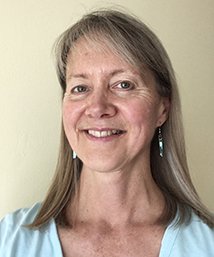 Sara Hiebert Burch ’79, Edward Hicks Magill Professor Emerita of Mathematics and Natural Science — M. Patricia Morse Award for Excellence and Innovation in Science Education
Sara Hiebert Burch ’79, Edward Hicks Magill Professor Emerita of Mathematics and Natural Science — M. Patricia Morse Award for Excellence and Innovation in Science Education
Awarded by the Society for Integrative and Comparative Biology, the M. Patricia Morse Award for Excellence and Innovation in Science Education recognizes educators who foster innovation in the classroom.
Nominated by two former Swarthmore students, Hiebert Burch focuses her work and research on animal physiology, specifically torpor, a kind of shallow, short-term hibernation, in hummingbirds and small mammals.
“This award means so much to me because the nomination was initiated by former students who have themselves become excellent innovative teachers in their own right,” says Hiebert Burch.
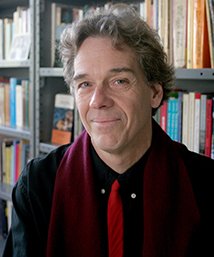 Steven P. Hopkins, Mari S. Michener Professor of Religion — Guggenheim Fellowship
Steven P. Hopkins, Mari S. Michener Professor of Religion — Guggenheim Fellowship
Religious scholar Steven P. Hopkins was chosen as a 2021 Guggenheim Fellow from 3,000 applicants. The fellowship will allow him to expand a book project he has been developing for 10 years.
The focus is on lament as an ethical witness to particular love and loss, including female laments in the poetry and prophecies of the English poet William Blake and in early Greek, Greek Christian, Hindu, and Buddhist literature.
“I’m humbled and inspired by this great honor,” says Hopkins. “It’s a strong project, with a lot of personal passion and intellectual energy behind it, a timely subject of lament and the ethics of mourning.”
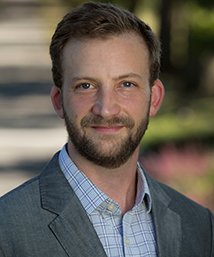 Daniel Laurison ’99, Assistant Professor of Sociology — Andrew Carnegie Fellowship
Daniel Laurison ’99, Assistant Professor of Sociology — Andrew Carnegie Fellowship
Sociologist Daniel Laurison ’99 was awarded a fellowship to advance his work examining class inequality in political participation. Focusing on poor and working-class voters who often are most affected by decisions of elected officials but feel the most left out, Laurison’s research aims to understand this perception and propose solutions to transform it.
“A fully functioning democracy should include the voices of people from all social positions, but reams of research show that people with lower incomes and less education are substantially less likely to turn out to vote than those who are better off,” says Laurison. “However, most of this research misses the ways politics looks and feels inaccessible to many poor and working-class people.”
One of 26 awardees this year, Laurison is the first openly trangender person to be awarded the fellowship.
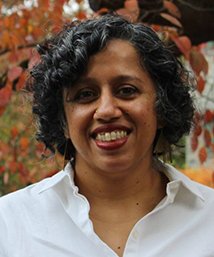 Bakirathi Mani, Professor of English Literature, Coordinator of Gender and Sexuality Studies — Center for the Study of Race and Ethnicity in America at Brown University Fellowship
Bakirathi Mani, Professor of English Literature, Coordinator of Gender and Sexuality Studies — Center for the Study of Race and Ethnicity in America at Brown University Fellowship
Awarded a visiting faculty fellowship at the Center for the Study of Race and Ethnicity in America at Brown University for fall 2021, Bakirathi Mani will work on a public-facing book on race, representation, and South Asian diasporic identity. This monograph investigates the relationship between photography and racial belonging, situating the family photograph as a social text that captures the intimate domestic as well as public historical dimensions of racialized citizenship among South Asians in diaspora. Taking as a starting point Mani’s personal archive of photographs, mapping her family’s migration from India to Japan to the Middle East and United States across three generations, the book incorporates close readings of photographic images alongside oral histories of migration.
“I’m interested in the kinds of questions we ask about family photographs, and in the stories these images tell,” says Mani. “What narratives of racial and gendered selfhood can emerge through the family photo? How might the family photograph, often a cherished object spanning generations and continents, serve as an archive of diaspora? What do these personal images reveal and obscure about the diversity of South Asian diasporic life, across caste and class, religion and region — and why? By working with a variety of family albums as a critic, curator, archivist, and writer, I’m curious to discover in what ways the family album becomes a primary historical document for immigrants to the United States, and what happens when such private images are offered for public consumption.”
Mani spoke recently about this work as part of Swarthmore’s SwatTalk Shorts YouTube series.
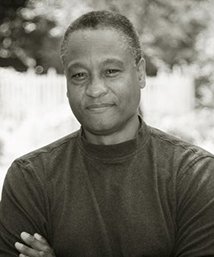 Ron Tarver, Associate Professor of Art — Guggenheim Fellowship
Ron Tarver, Associate Professor of Art — Guggenheim Fellowship
For photographer Ron Tarver, being among the 184 writers, scholars, and scientists awarded a Guggenheim Fellowship represents the culmination of decades of intense creative work.
“I’m most excited that funds from the fellowship will allow me to continue a project with work I’m making from my father’s photo archive and produce a book and exhibit on Black Cowboys that I have been working off and on for the last 25 years or so,” he says.
Tarver will speak about his work with his father’s photo archive in an upcoming video for the SwatTalk Shorts YouTube series.
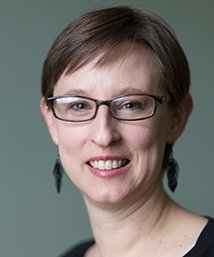 Krista Thomason, Associate Professor of Philosophy — National Humanities Center Fellowship
Krista Thomason, Associate Professor of Philosophy — National Humanities Center Fellowship
Philosopher Krista Thomason was recognized as one of 35 leading philosophy scholars by the National Humanities Center with a 2021 residential fellowship to continue work on her second book project, Worms in the Garden: Bad Feelings in a Good Life.
“I teach moral philosophy regularly, and in that class, we use classic works in philosophy to help us think through the moral questions that we face in our everyday lives,” Thomason says. “When I was thinking about how to approach this book, it hit me that I should use the same strategy that I use in the classroom. So, I draw on work from the history of philosophy to help answer the question, How do we live well with our bad feelings?”
Thomason will spend her sabbatical year at the center as the Philip L. Quinn Fellow alongside other scholars.
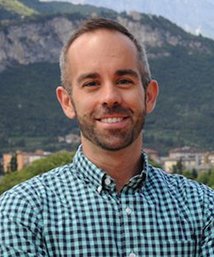 James Blasina, Assistant Professor of Music — Venetian Research Program of the Gladys Krieble Delmas Foundation
James Blasina, Assistant Professor of Music — Venetian Research Program of the Gladys Krieble Delmas Foundation
Beginning in summer 2022, James Blasina will consult medieval liturgical manuscripts held in Venetian and regional libraries to reconstruct liturgical observance for the cult of St. Katherine and situate the cult within broader discourses of Venetian identity and governance. The results of his research will be incorporated into his forthcoming manuscript on the music composed in honor of St. Katherine of Alexandria.
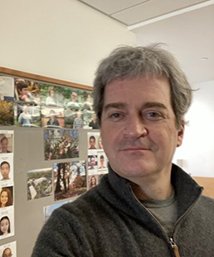 David Cohen, Professor of Astronomy — Smithsonian Astrophysical Observatory grant
David Cohen, Professor of Astronomy — Smithsonian Astrophysical Observatory grant
Project: Where Are the Shocks in O Star Winds? Understanding Constraints from F/I Ratios in He-like Ions
Project info: NASA’s Chandra X-ray Observatory is an orbiting space telescope designed to detect X-ray emission from very hot regions of the universe such as exploded stars, clusters of galaxies, and matter around black holes. The most massive and luminous stars in the galaxy produce X-rays in their outflowing stellar winds. This project will model the relative strengths of particular emission lines seen in Chandra spectra in order to determine the distance above the surface of the star at which the X-rays are produced. This will inform theories of the X-ray production itself. Undergraduate students will be significantly involved in this labor and data intensive effort, gaining important experience in X-ray astrophysics.
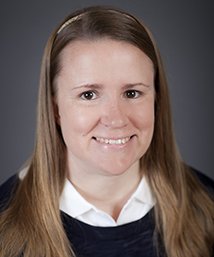 Hillary Smith, Assistant Professor of Physics — American Chemical Society grant
Hillary Smith, Assistant Professor of Physics — American Chemical Society grant
Project: Heat Capacity and Enthalpy of Amorphous Materials
Project info: Glasses are solids, like crystals, but isotropic and without long-range order, like liquids. When an amorphous solid is heated, before crystallization occurs, the material softens, becoming a viscous liquid that is deeply undercooled below its usual melting temperature. Significant heat is absorbed in this “glass transition,” raising the entropy of the material with respect to its crystalline structure. Hillary Smith will lead an investigation of the heat capacity and enthalpy, together with the free energy and entropy, of glasses with diverse physical properties. This project will use experimental tools to obtain a complete thermodynamic description of several glasses in their amorphous, crystalline, and supercooled liquid states.
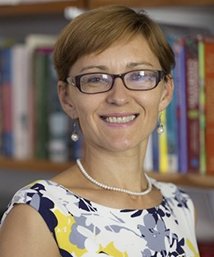 Liliya Yatsunyk, Professor of Bioinorganic Chemistry — National Institutes of Health grant
Liliya Yatsunyk, Professor of Bioinorganic Chemistry — National Institutes of Health grant
Project: Mitochondrial G-Quadruplex Structures in Health and Disease
Project Info: The mitochondrial genome has been implicated as a paradigm for G-quadruplex structure formation, but the function of these structures in mitochondrial DNA (mtDNA) is unknown. This study, led by Brett Kaufman at the University of Pittsburgh, will establish the location, regulation, and response and resolution of G-quadruplex structures of the mitochondrial genome and will lay the groundwork for using sequence-specific formation of G-quadruplexes to treat disease. LiliyaYatsunyk will use various methods to perform biophysical screening of a large number of mtDNA derived sequences. The objective is to determine the G4 forming potential of mtDNA derived sequences.


